TikTok Shop Raises Seller Fees Across Europe as Platform Pushes for ‘Content-Driven Commerce’ Expansion
Reading Time: 3 minutesTikTok Shop is raising its sales commission for merchants across five active…
Mobile commerce’s growth and app industry are witnessing new milestones. More mobile commerce companies are now employing robust technologies and one-click payment methods. Shopping on mobile is not just convenient but time saving too!
The point here is not just to discuss random five advantages of mobile commerce but major revolutions of this industry.
Mobile commerce is best described as buying, selling and performing online transactions on any given mobile device that allows access to the infinite flexibilities of easy mobile application operations on the go.
Mobile commerce statistics are projecting growth too.
In 2019 user penetration in the digital-commerce segment is at 56.2% that is expected to grow in coming years. the no of users in digital commerce segment is expected to amount to 3,263.0 million.
Image Source: Statista
Mobile app builders like MageNative are advancing their customers with the latest technologies. They offer social channels integration to one-click quick mobile payment methods.
In this article, we assay the major trends that change the way mobile commerce paves the way for the next generation of mobile applications users. Read on…
In today’s fast-changing market trends, surviving technical improvements. Frequent interchanges in business are the keys to being in the market for a very long time.
A milestone for the mobile commerce trend solidifies every time a physical store moves to their e-commerce derivative or an e-commerce business decides to go mobile.
Gradually sellers realize the value of online presence to reach their target audience.
Sellers realize their online expansion can boost brand awareness. Also, their online store becomes much more accessible which bring in more buyers and revenue. Apps like MageNative help users build their business on mobile apps and helps businesses bring more customers on board.
In 2019, the trend of transitioning from web to mobile applications gets bigger and better. A recent report by Statista suggests that app user penetration worldwide will grow from 14.8% in 2019 and is expected to hit 17.0% by 2023.
A simplified definition of Artificial intelligence is that it is the mirroring of human intelligence processes by machines. It is the ability of a machine to think, learn and respond.
Artificial intelligence has made its way into a number of areas like healthcare, real estate, business and more.
Mobile commerce companies are planning to put in a big chunk of their marketing budgets into this technology.
Mobile commerce’s developing interest in artificial intelligence integration is set for a worldwide acceptance as a mode of business.
A report by Business Insider has recently proposed that around 85% of customer interactions will have the AI as next level communication by as soon as 2020.
The report estimates the promising annual savings that businesses could earn if AI integration in mobile commerce applications reinstates their customer handling and sales procedures.
One may ask, can customers browse in-store, scan it with the mobile app, and then add it to the cart to purchase later at home in a different size? If not, then this is what retail stores will be moving towards.
Here, the ultimate motive of bringing many channels together is to ease the process.
Omnichannel unifies retail with m-commerce advantages with in-store experiences.
Retailers face several challenges because of the technical assistance that m-commerce advantages and applications provide. In that case, mobile commerce companies step up and offer the marketing and technologies they can assist with.
As the mobile applications become more flexible and intuitive, anything that ensues on a smart phone — buying patterns, wish lists, products seen, and reviews — will eventually become part of an ongoing electronic log that predicts the consumers’ buying choices and the types of products and services they receive.
Retailers will also synchronize mobile app integration activities with in-store point-of-sale systems.
This creates new levels of potential up-selling, cross-selling, and customer service.
The point is to build up one platform with adaptabilities and advancements of the other that will create a 360-degree experience for the user.
Chatbot technology uses natural language processing. It uses NLP for its operation in mobile commerce applications.
Chatbots provide a conversational experience between the consumer and the company. It omits all the extra steps of actually ringing up the customer service department.
Leading virtual assistants use this same technology like Apple’s Siri etc.
As per Convince & Convert Report, chatbots have a high potential in the market with a variety of age groups. Here mobile commerce statistics look quite promising.
Image source: Convince & Convert
Despite the struggles and difficulties of copying a human’s voice and the grammatical advances, chatbots are proving their competence in the market.
Mobile commerce vendors realize the worth of this technology. Also that it has the potential of many advancements in near future.
Chatbots execute processes for marketing, customer care, shopping carts, providing recommendations and many more.
They are not only customizable but also dependable.
Mobile Commerce Trends in 2019 are accepted by mobile commerce vendors very rapidly.
As we move further into next years, chatbots have a promising presence with continued use in mobile commerce applications in the mobile commerce industry.
Chatbots are already making a difference such as real estate, social media, medicare etc.
Mobile Image Recognition Technology brings information from the world we live in.
Users take a photo of a random product and upload that image on a MIR-driven mobile app. If the user likes an offer from provided on the phone screen by different sellers, a tap on the screen is all it takes to make that purchase.
The lack of time in our routines will make way for this technology sooner than expected.
MIR erases the need of looking for a catalog online, so passersby may act as your live catalog for the products.
In light of this article, the smartest approach would be to keep an eye on technological moves in 2019. And if you are still unsure about this whole m-commerce up-gradation, this article helps to get an error-free mobile application.
MageNative is one of such examples of m-commerce applications vendors that are trending in the market.
Definition of mobile commerce is changing fast because of discussed technologies.
Customer engagement through mobile apps goes one step ahead from the previous years. In 2019 it promises to set new examples of mobile commerce trends.
Mobile applications vendors will emerge with new growth opportunities and will help pave the way for future. It is fair to conclude mobile commerce trends 2019 look promising for now.

Reading Time: 3 minutesTikTok Shop is raising its sales commission for merchants across five active…

Reading Time: 11 minutesBy now you have seen your BFCM 2025 numbers. The harder question…
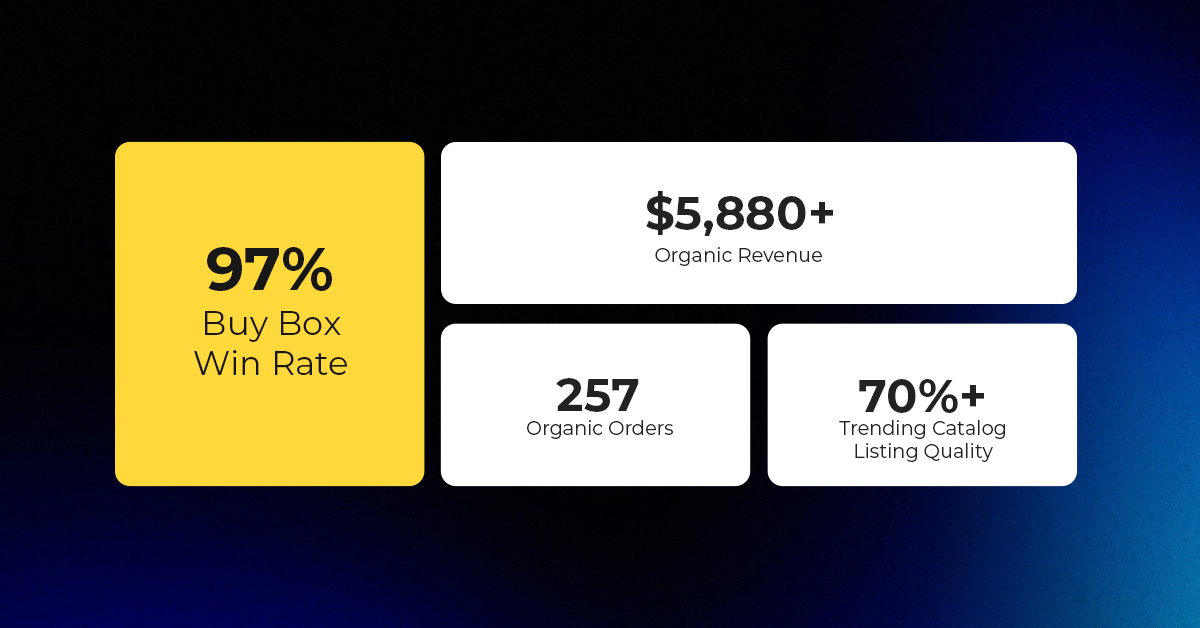
Reading Time: 3 minutesAbout the Brand Name: Vanity Slabs Inc Industry: Trading Slabs- Vanity Slabs…
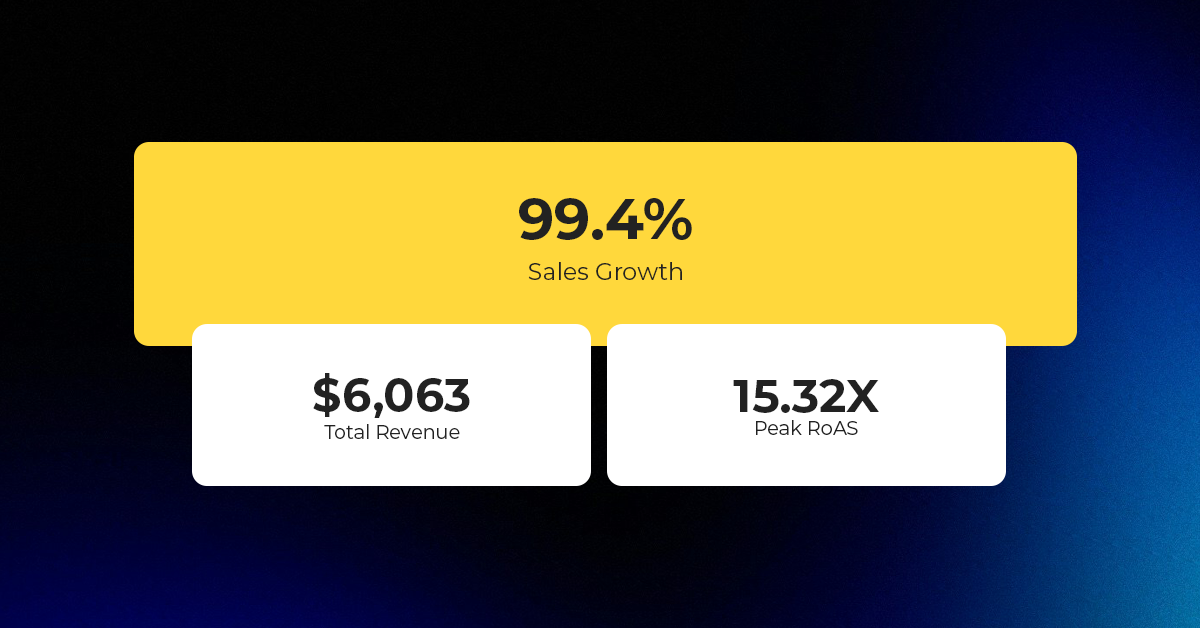
Reading Time: 2 minutesAbout the Brand Name: Ramjet.com Industry: Automotive Parts & Accessories Location: United…

Reading Time: 2 minutesAmazon is rolling out strategic referral fee reductions across five major European…

Reading Time: 4 minutesQuick Summary: Scaling Lifestyle Powersports on eBay with CedCommerce Challenge: Zero marketplace…

Reading Time: 4 minutesTikTok has surpassed 460 million users across Southeast Asia, reinforcing its position…

Reading Time: 3 minuteseBay has released its final seller news update for 2025, with a…

Reading Time: 3 minutesAmazon has clarified its stance regarding speculation around a potential breakup between…

Reading Time: 4 minutesWalmart is accelerating its push into next-generation fulfillment by expanding its drone…

Reading Time: 4 minutesFaire, the fast-growing wholesale marketplace connecting independent retailers with emerging brands, has…

Reading Time: 4 minutesB2B buying in the United States is undergoing a fundamental behavioral shift…
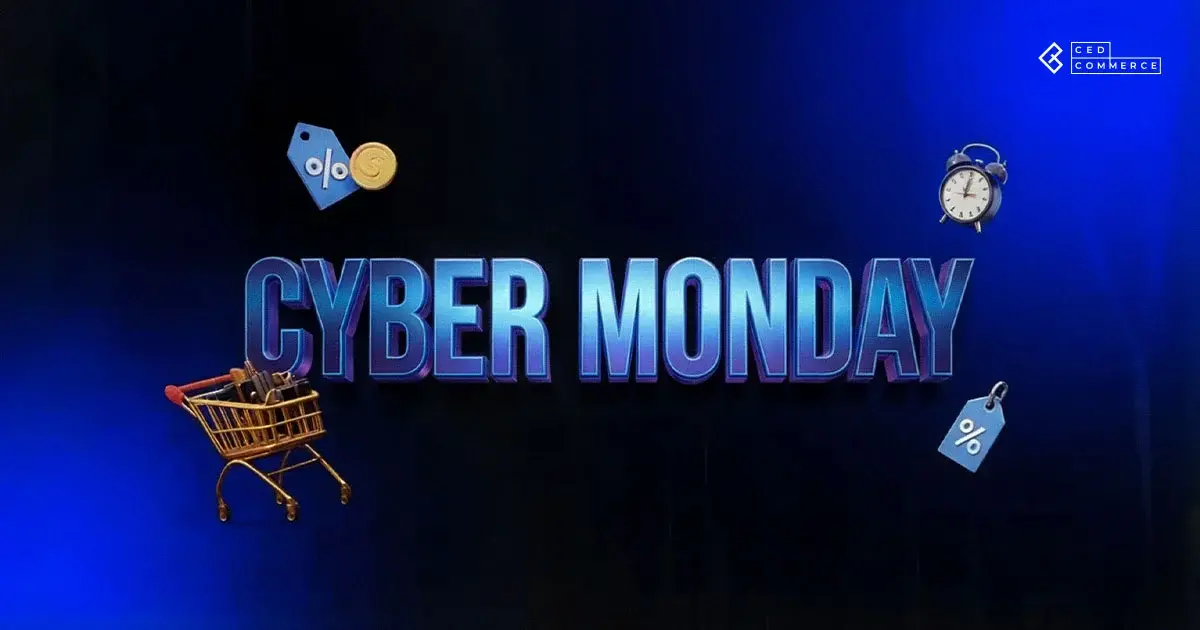
Reading Time: 3 minutesSummary Cyber Monday 2025 has officially become the largest online shopping day…

Reading Time: 2 minutesSummary Amazon kicked off December with two major developments shaping the future…

Reading Time: 2 minutesSummary Walmart has entered December with two major moves that signal a…
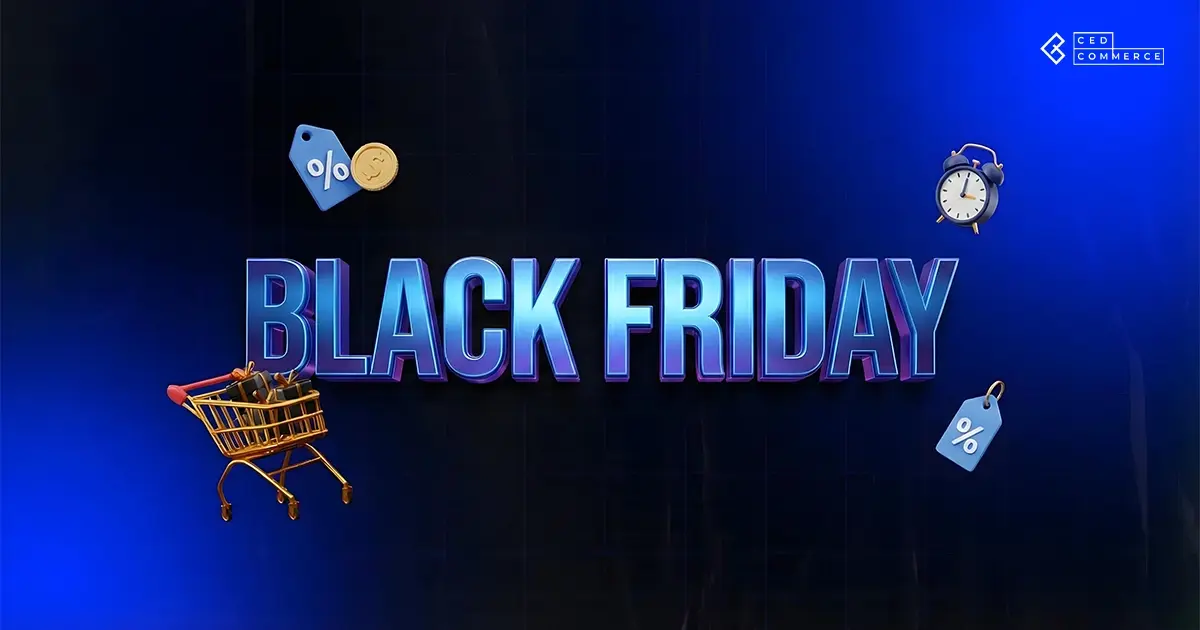
Reading Time: 2 minutesBlack Friday 2025 delivered the strongest U.S. eCommerce performance in history, as…
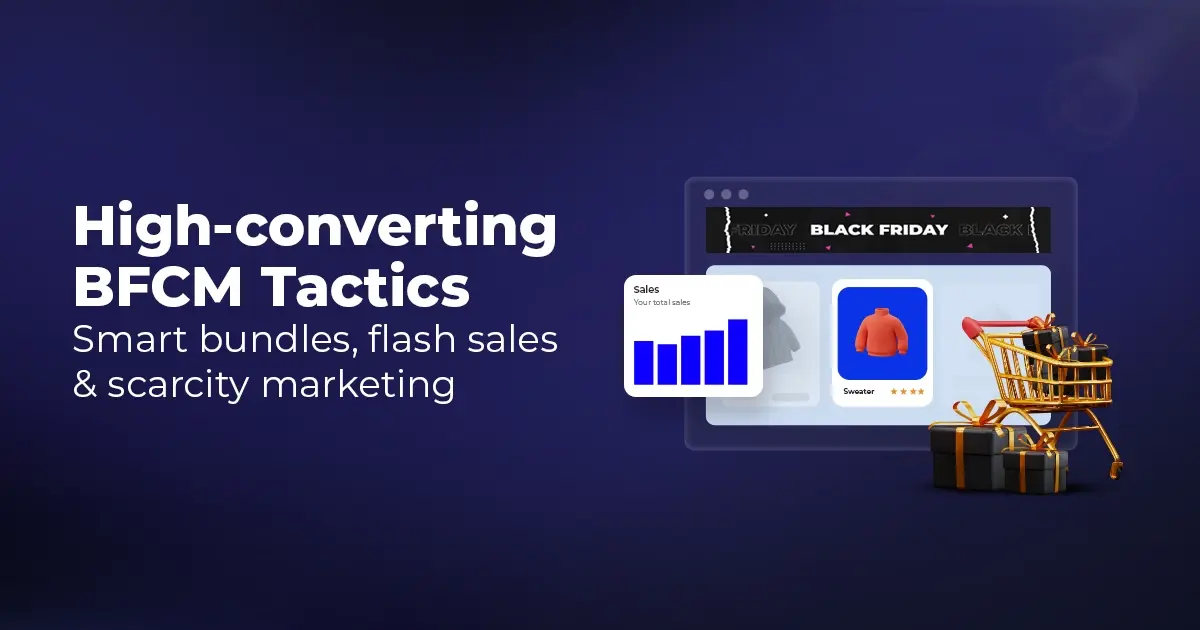
Reading Time: 13 minutesStill approaching BFCM with generic discounts, last-minute price cuts, or scattered promotions?…

Reading Time: 3 minutesTikTok Shop reached a major milestone during its largest U.S. “Global Black…

Reading Time: 3 minutesOpenAI has announced a new AI-powered shopping research tool designed to help…

Reading Time: 9 minutesIf your TikTok Shop listings often sit in review or your visibility…